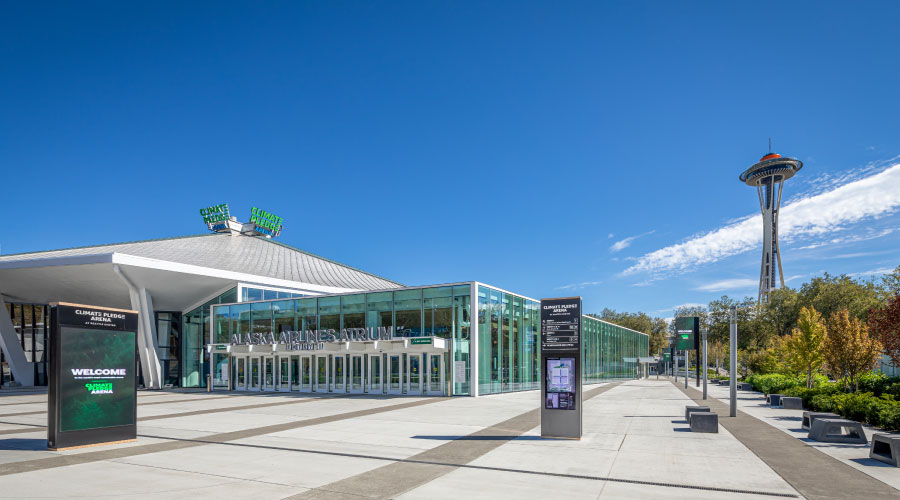How to Perform a Complete Flush of a Building’s Water System
In anticipation of testing, it’s crucial for facility managers to flush a building’s full water system. Here are tips and tricks to do that correctly.
By Lauren Patton, Contributing Writer
If you haven’t already tested your facility’s plumbing for lead in water, you likely will soon. Get used to it, as some agencies are considering mandatory requirements to test the water every five years or so. Let’s touch on some of the important things for you to know about testing your buildings’ plumbing for lead.
First, the good news - water is not the most common route of exposure to lead for many people. Yes, we’ve all heard of Flint, Michigan and their struggle with lead from the local water source, but in fact, being exposed to lead-contaminated soil, dust and food is the most common way people get lead in their bodies.
Oftentimes, a chemical or contaminant will have a maximum threshold for exposure before adverse impacts are shown. There is no safe amount of lead. It’s bad stuff, especially for small, growing bodies.
The Centers for Disease Control (CDC) says that lead can cause all kinds of developmental issues including: damage to the brain and nervous system; slowed growth and development; and hearing, speech and learning problems.
So, you’ve gotten word that the water needs to be tested for lead. If there’s a regulatory component involved, you’ll want to work with a Certified External Water Sampler to conduct testing. A third-party sampling is the way to show compliance, transparency and ensure confidence in the laboratory results - and in some cases it’s required. They’ll be able to guide you through the specifics of sampling preparations and advise on ways to manage any lead results that are over the limit.
One of the best ways to prepare for lead testing is to conduct a whole-building flush. Do you have a water flushing schedule for your buildings? If not, it’s a good idea to start one. It’s pretty easy, just think of all of the water that is in the pipes of your building and devise a plan to methodically flush each segment of pipe so that the entire contents of the pipe have been turned-over and recharged with fresh water from the supply (often the main in municipal settings).
Here are some tips to get started: first, start with flushing copiously at the front hose bib, then flush at the rear of the building. The idea is to fully charge the entire horizontal line with fresh water and then pull that water up, vertically, through the building. Remove any hoses and open full blast for a few minutes (enough to pull fresh water to the fixture). Extra points - if you can, capture the water for re-use or irrigation purposes.
Once you’ve got good fresh water in the pipe, start at the lowest level of the building and go to each fixture, one by one, cold-water side and flush. Usually a couple minutes flushing at each outlet will suffice, but it will depend on the size of your campus and how far it is located from the source water. Finish one level and proceed to the next highest, again, individually flushing each appurtenance.
Lead can be present in the water, but if testing indicates there is lead in your facility’s water, it’s possible that it is a localized issue, maybe one particular fixture or a certain type of valve is contributing lead to the water.
Another possibility to consider is does a lead service lateral (LSL) run from the main in the street to your building(s)? The Environmental Protection Agency (EPA) is currently in the process of creating new guidance around LSLs. There will be lots of talk in the coming days about removing LSLs once they are identified, to further reduce the amount of lead in the water distribution system. Some other things to keep in mind:
- If a fixture has aerators, remove them and knock out any accumulated debris
- If a sink has more than one appurtenance, flush them all, one at a time to ensure maximum velocity and scouring power
- The sampling process for testing lead in water requires a minimum stagnation period, which means no leaks pulling water through the pipes.
It’s important that all plumbing work and repairs have been taken care of well ahead of a scheduled sampling. Flushing your buildings is advisable ahead of any comprehensive water testing project. It’s also a useful preventative maintenance project that can significantly improve your facilities’ water quality. Remember, fresh water will always be of higher water quality that stale, stagnant water that doesn’t get turned over often.
Lauren Patton is the principal of Safe Water for Schools - a Certified External Water Sampler for the State of California, also providing water testing and consulting services for school facilities across the US. Safe Water for Schools is a Certified External Water Sampler for the State of California and provides water testing and consulting services for school facilities across the US.
Related Topics:












